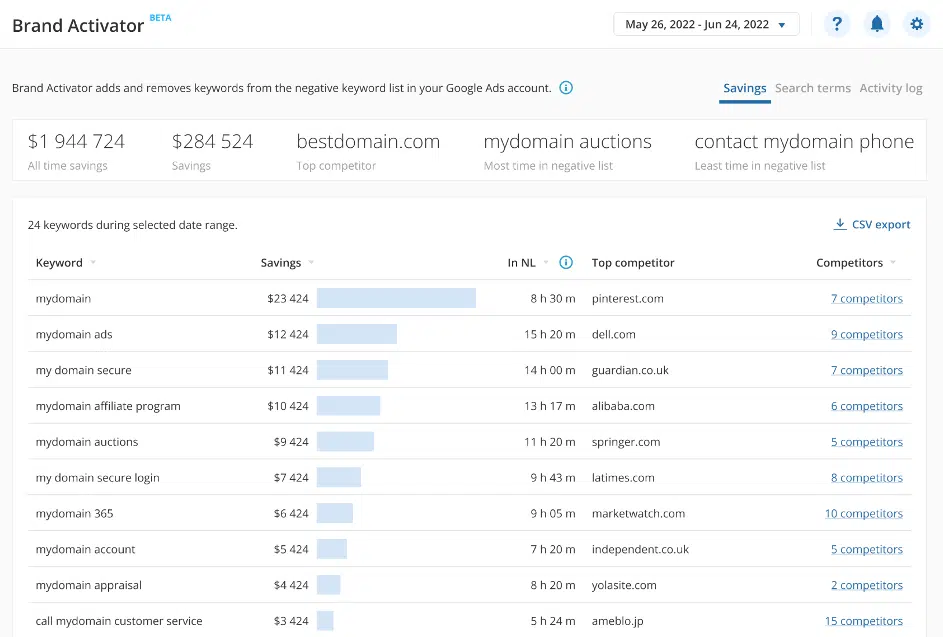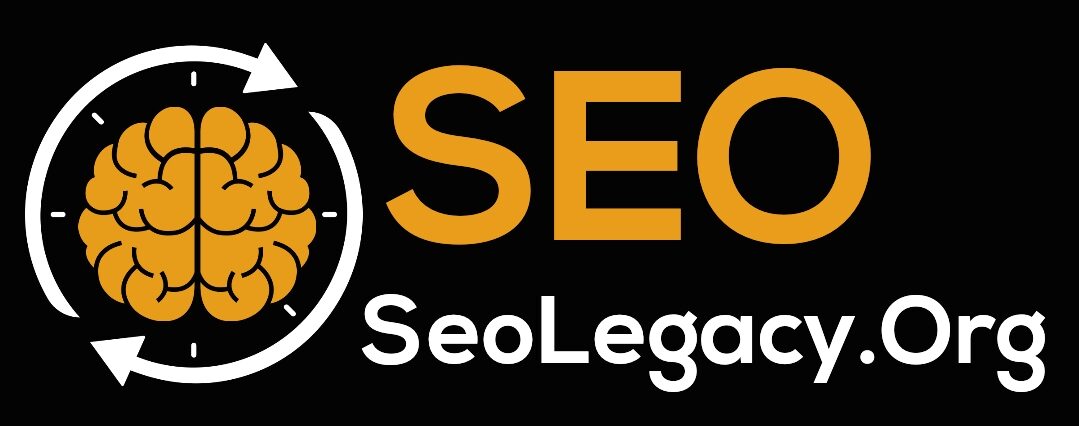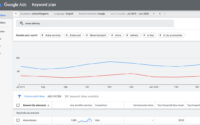Five Ways To Improve ROI By Combining SEO And PPC
Digital dividends will be yours if your strategies work together.
The pinch is affecting everyone. Budgets are still under close scrutiny due to fears of a prolonged recession, and digital marketers must demonstrate ROI for every action they take. CMOs should be investing in solutions that are a part of a broader strategy and, more importantly, deliver financial ROI because CEOs are now scrutinizing all investments.
CEOs are planning more investments in digital than ever before, according to Gartner data, and they anticipate dividends in the form of top- and bottom-line financial impact. That necessitates a laser-like focus on consumer intent for the search marketer. With the best intentions, brands must heavily rely on performance channels. With ad revenue in the hundreds of billions and nearly 60% of the global search ad market, Google looks to maintain its position as the dominant player in search.
By definition, paid and organic search is high-intent because users are actively looking for particular products and services and are clearly expressing their interests through their keyword selections. Additionally, searching can offer a lot of value for money. A brand can get traffic from a variety of sources and appear multiple times on the SERP from both paid and organic campaigns.
It is safe to say that learning how to get that coveted first result pays off, as over 30% of search traffic clicks on the first organic result in the list.
When paid and organic search campaigns work together, you can spend less money and get better search results. You can also use the chance to reallocate money to reach bigger goals like more market share.
Therefore, the Adthena team collaborated with our partners at Conductor, the leading organic marketing platform, to compile the five most effective methods for ensuring that your paid and organic strategies are in sync to maximize ROI.
Five different ways Search engine optimization and PPC can cooperate
1.Utilize insights into organic performance to distribute your paid spend.
Is the ranking of your typical organic performers lower than usual? Did a change to your algorithm alter your organic performance? You can closely monitor organic performance and use that data to make decisions about paid search by conducting weekly keyword research. An injection of paid juice can help you maintain page-one visibility while your organics catch up if your organic SERP performance falls for some reason. Paid search can assist you in making up for the traffic you’ve lost and keep you in the game in the event of an organic ranking drop.
On the opposite finish of the range, imagine a scenario in which your natural presentation is killing it, and there’s not a single paid contest to be seen. That is a great time to save your paid budget and stop wasting money on “Lone Ranger” terms that you are already winning (those in which you are in the top organic spot and there is no paid competition).
Lone Ranger keywords are responsible for millions of dollars in monthly wasted paid search spend across the industry. Many brands continue to waste money on those terms because identifying them is time-consuming.
However, automation can now easily resolve that issue. Brand Activator, a new product from Adthena, automatically suspends bidding on lone ranger terms and resumes bidding if a competitor re-enters the auction, allowing brands to save up to 20% on brand search.
If your search landscape is volatile, this automatic toggle switch can save a lot of money. For instance, Avanti West Coast was able to save 32% each month without losing clicks to competitors by identifying multiple high-volume lone ranger terms and automatically stopping spending budget on those terms.

Organic insights are a great way to control your paid campaigns’ gas pedal. When organic performs poorly, you can use more gas; In any case, less gas when natural is winning. And if your CPCs are reasonable and you want to fully assert SERP dominance? Put the brakes on your paid search strategy to build on your organic success.
2.Make your content strategy with the help of SEM performance data.
70% of marketers, according to a recent Adthena and Conductor survey, were more familiar with SEO than with SEM. It’s time to get some information from your PPC colleagues if you’re one of them.
You ought to know your best-performing paid terms at the very least. To test keywords you want to rank for naturally, SEM is a great channel. These insights from SEM can help you decide which high-priced paid keywords are better suited for organic search.
You will be able to make more informed investments in high-value content if you are aware of your paid performance. By spending less on expensive terms, you will also maximize your budget. Find out how Citi and Conductor worked together to break down information barriers between paid and organic teams and improve keyword targeting in SEO and SEM.

3.amplify your research on the competition.
Are your SERP rivals also competitors in your industry? There will probably be some crossover, but you might find that Wikipedia or a news source is your biggest competitor for organic rankings. It is essential to classify your rivals and tailor your strategies accordingly.
Publications or content creators might be some of your biggest rivals. It is essential to examine the content’s format and type in order to improve the value of the resources you offer to your audience and stand out from the competition. Are they distributing product reviews, comparison lists, and how-to videos? How can you apply these strategies to the content of your website?
How do your rivals fare in paid versus organic search? Are there any voids that you can fill?
How successful are their campaigns, and are you able to produce content that is comparable? Who is doing better than you, and why? Don’t just throw money at an auction without knowing what the bigger picture is about the competition. You can use SEM insights to see what your rivals are bidding on, then use PPC and/or SEO to target those areas to make sure your money is going where it will have the most impact and help you outperform your major rivals.
4.Follow Website design enhancement best practices when you make paid crusades
A PPC checklist straight from the SEO playbook can be found here.
Don’t sabotage yourself. Google may penalize your performance if you have duplicate content. For instance, if you duplicate organic content on a PPC landing page, no-indexing the page may help you rank higher.
Don’t go up against your partners. Make sure you are not bidding against other domains, partners, or affiliates in paid search and paying CPCs that are artificially raised if you have multiple of them. Take a holistic approach to your campaigns and assign to each partner the keywords that perform the best.
Allow search engines to easily access it. Do keyword research to find useful long tails and question keywords, among other things, and optimize your metadata.
If you can, change the URLs of your pages to get the most out of SEO.
Make sure your technical ducks are in a row. Conversions from paid and organic traffic are driven by a quick load time and a pleasant user experience. They also help organic rankings by lowering the number of bounces.
5.Get everyone on the same page—the very first page!
We found that nearly 40% of marketers thought their SEO and SEM teams were not working together. For increasing your digital ROI, that is low-hanging fruit. Create a harmonious and comprehensive search strategy that maximizes the business’s return on investment by improving cross-team communication and collaboration.
Agencies can attest that their clients benefit significantly more when paid and organic teams collaborate. Within a marketing organization, the same holds true. The organization as a whole will be able to spend effectively and perform well with regular meetings, complete transparency, and a sense of purpose.
And what about all the money you save by reducing waste and improving search efficiency? You can preserve spending plan, or you can decisively reinvest it to catch piece of the pie, transforming a desolate monetary environment into a chance for development.



